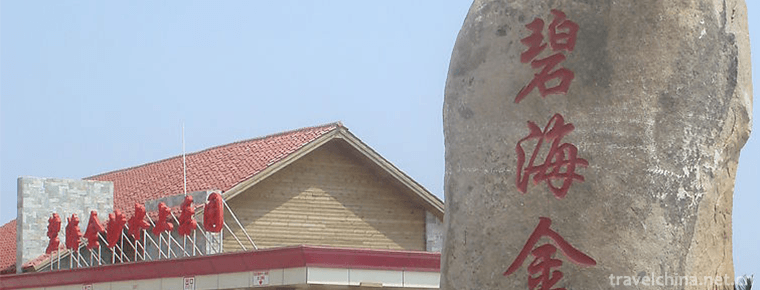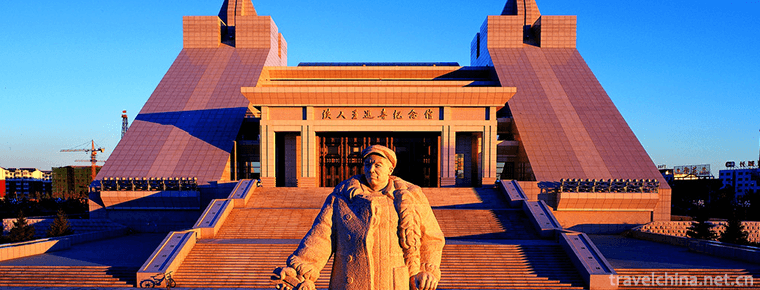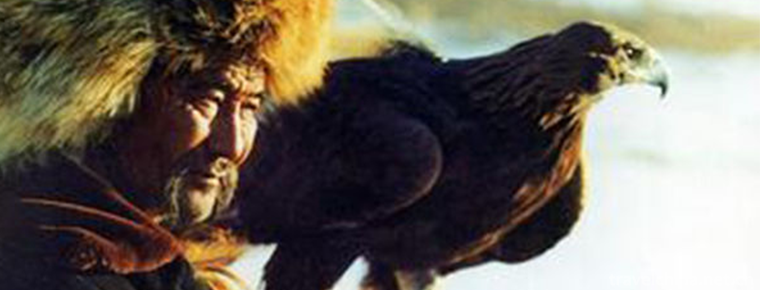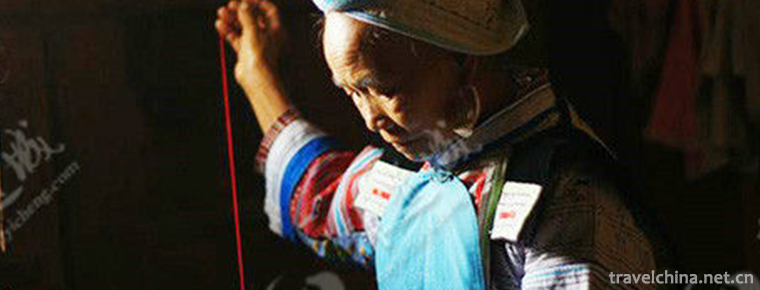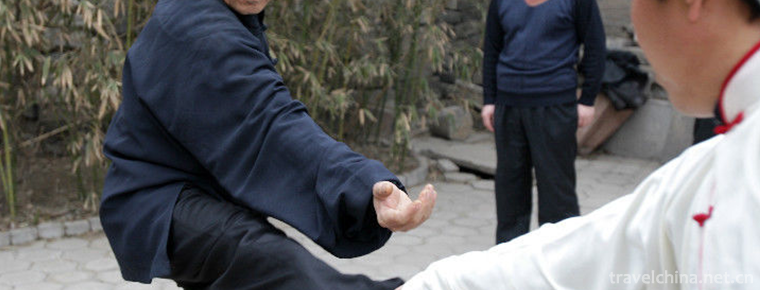China Aviation Museum
China Aviation Museum is the first large-scale open aviation museum in China. It is located at the foot of Datangshan, Changping District, Beijing. After many years of closure, natural vegetation is dense. In the 720,000 square meters of the library area, the green coverage area reached 450,000 square meters.
China Aviation Museum is the first batch of national first-class museums, patriotic education bases, the first batch of national defense education demonstration bases and popular science education bases, and the national AAAA-level tourist attractions. It is the top five in the world and the first in Asia. It is a large-scale aeronautical Museum integrating knowledge, education, science and technology, research, garden and tourism.
Historical evolution
The China Aviation Museum was built in October 1986 and opened to the public on November 11, 1989.
On August 20, 2007, the China Aviation Museum was assessed as a national 4A-level tourist attraction by the National Committee for Quality Grading of Tourist Scenic Spots.
In May 2008, the State Administration of Cultural Relics awarded the China Aviation Museum the first-class museum.
On May 25, 2009, China Aviation Industry Group Corporation and the Air Force of China signed an agreement for the co-construction of the China Aviation Museum. After the museum was expanded, more than 800 prototypes of various existing aviation equipment were collected, such as the Yinglong fighter aircraft independently developed by China Aviation Industry. At the same time, the permanent sculpture group landscape constructed by the "sword" main sculpture, hero Avenue and hero Memorial Wall three parts combination, showing the glorious course of China Air Force and Air Force from history to the future .
From 1986 to 2010, the development process can be roughly divided into four stages: the first stage is the preparatory stage, the use of caverns to establish the "Air Force Weapons and Equipment Exhibition Hall", go to all parts of China to collect and rescue more than 100 Chinese and foreign famous aircraft, more than 4,000 aeronautical relics. In the second stage, the outdoor exhibition area was redeveloped and planned for the basic construction stage. The exhibition of the achievements of military training simulation equipment and the demonstration of air force scientific and technological training were carried out successively. The third stage is the preliminary stage of development. It will change from cultural relics display to comprehensive exhibition, improve supporting infrastructure, and organize activities such as "Aeronautical Centennial Retrospective Exhibition" and "Commemoration of the 60th Anniversary of the Victory of the War of Resistance Against Japan". The fourth stage is the rapid development stage. In order to meet the new requirements of the museum function in the new period, the collection resources are deeply excavated, the functions of science and education are studied and expanded, and the exhibition forms of high-tech exhibitions are developed. It has gradually developed into the first batch of national first-class museums, national patriotism, national defense education and popular science education bases .
On April 24, 2017, the wreckage of Long March No. 2 F rocket was collected in the museum. At the same time, the opening ceremony of "Sky Mailbox in Museum" was jointly held by the Space Museum and the Space Post Office of Space City.
Tourism information
Traffic guide
City Traffic: Take the Changping Metro Line, get off at Shahe Station, transfer to No. 945 bus, or transfer to No. 643 bus at the end of Metro Line 5.
Self-driving traffic: from Exit 22 of Beijing-Tibet Expressway (original Badaling Expressway), that is, Xiaotangshan Exit to the right and to the north of the road 9 km east.
Opening Hours
Every day from 08:30 a.m. to 05:30 p.m. (closed on Monday, except for statutory holidays)
Ticket Price
Free admission, comprehensive exhibition hall: 20.00 yuan, cavern exhibition hall: 20.00 yuan
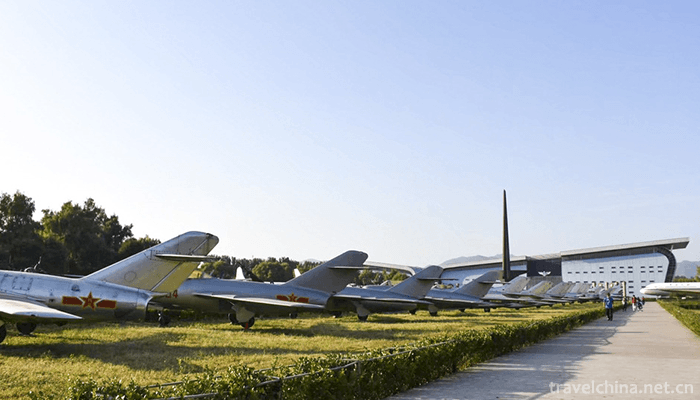
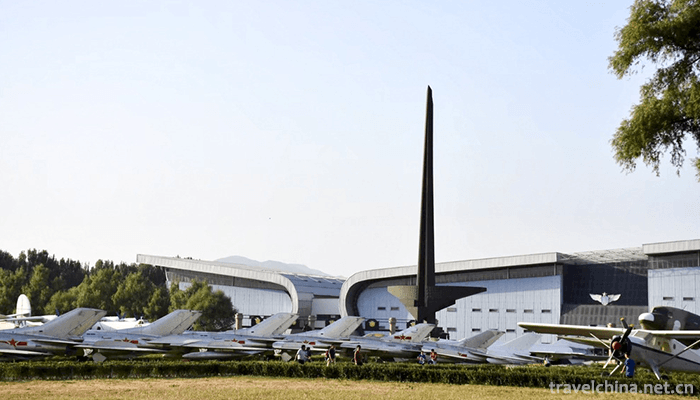
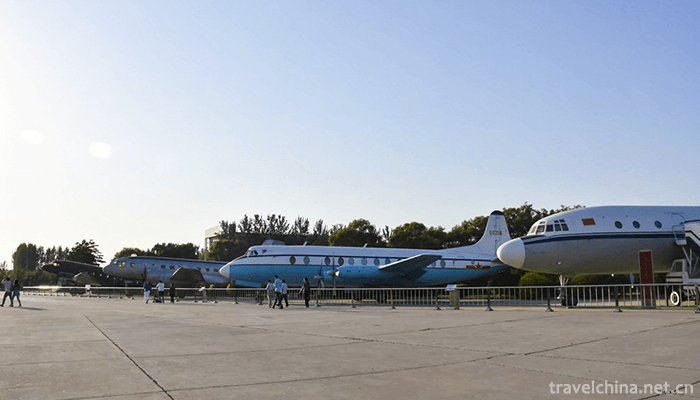
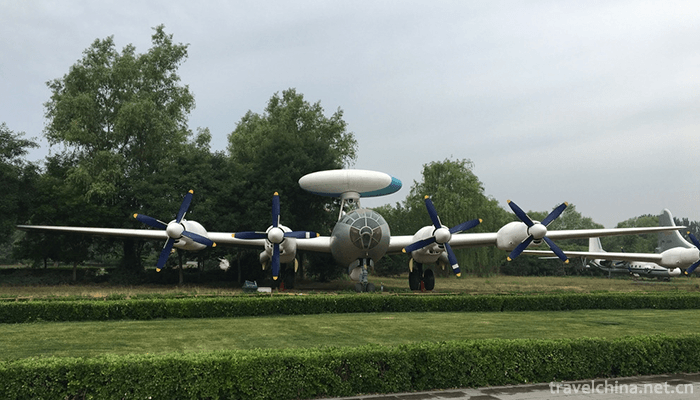
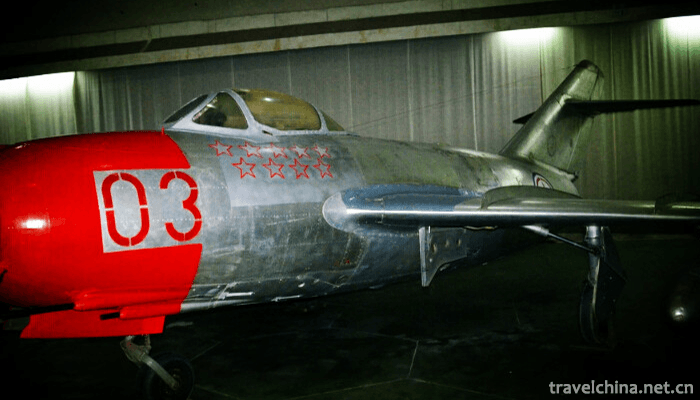
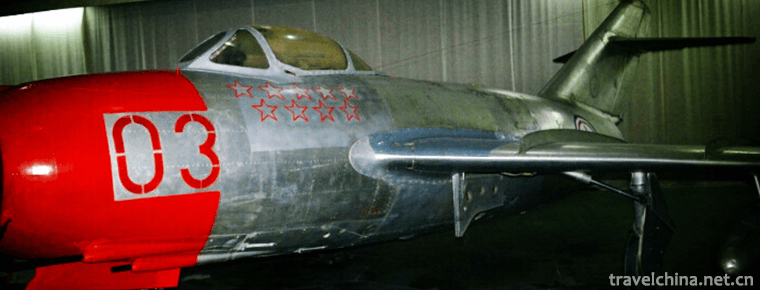
China Aviation Museum
-
Duck Blood in Chili Sauce
The main ingredients of hairy blood are duck blood, cooking techniques are mainly cooked, and tastes are spicy and spicy. Originated in Chongqing, popular in Chongqing and southwest China, it is a fam
Views: 457 Time 2018-10-27 -
Nangongshan National Forest Park
Nangongshan National Forest Park, located in Langao County, Ankang City, Shaanxi Province, is a branch of Hualongshan Mountain of Daba Mountain System, 33 kilometers from the county seat
Views: 215 Time 2018-12-27 -
Bihai Jinsha Water Paradise
Bihai Jinsha Water Paradise (i.e. Coastal Recreation Park, abbreviated as "Water Paradise") is built outside the flood control wall, along the flood control wall 1313 meters
Views: 471 Time 2019-01-03 -
Iron Man Wang Jinxi Memorial
The Iron Man Wang Jinxi Memorial Hall was built in 1971 to commemorate the pioneer fighter of the Chinese working class, the Iron Man Wang Jinxi. The Ironman Memorial Hall
Views: 205 Time 2019-02-22 -
Cloth tiger
Cloth tiger is a kind of traditional handicraft which has been widely spread among Chinese people in ancient times. It is also a good toy for children, indoor decoration
Views: 296 Time 2019-04-04 -
Kazakh Aytes
Kazakh Aytes is a typical representative of Kazakh folk art, a competitive form of performance, is the most abundant content of Kazakh folk oral literature, the most influential literary type among th
Views: 244 Time 2019-05-02 -
Miao embroidery
Miao embroidery refers to the embroidery skills inherited by the Miao people in China. Miao embroidery in Leishan County, Guiyang City and Jianhe County of Guizhou Province has different forms and sty
Views: 168 Time 2019-06-05 -
Xunyang Folk Song
Xunyang Folk Song is one of the local folk songs in Xunyang County, Ankang City, Shaanxi Province. It has a long history, rich melodies, various types and different styles. Like other folk art forms,
Views: 143 Time 2019-07-09 -
Elbow pounding
This is a rather mysterious school, which originated from a famous family in Linqing, and is closely related to the chivalrous spirit inherent in the Chinese people; it is a fierce school, but it has
Views: 433 Time 2019-08-10 -
Ertan scenic spot
Ertan National Forest Park is located in Chengdu Emeishan Xichang Kunming tourist hotline. The majestic power station, the misty blue lake, the surrounding green mountains, the wild virgin forest
Views: 144 Time 2020-10-16 -
Panzhihua from the Ming Dynasty to the Republic of China
In 1382, in the 15th year of Hongwu reign of the Ming Dynasty, the Xuanwei Department of paloros put Yunnan under the jurisdiction of Sichuan Chengxuan political envoys. In this place, there is another commander's Department of Sichuan Xingdu, which leads the lawsuits
Views: 106 Time 2020-12-14 -
Suining hydrology
There are many small and medium-sized rivers in Suining City. There are 15 rivers with drainage area of more than 100 square kilometers in Suining City, including Fujiang River, Qiongjiang River, Qijiang River, Zijiang River, Qinggang River and Pengxi River.
Views: 363 Time 2020-12-16


